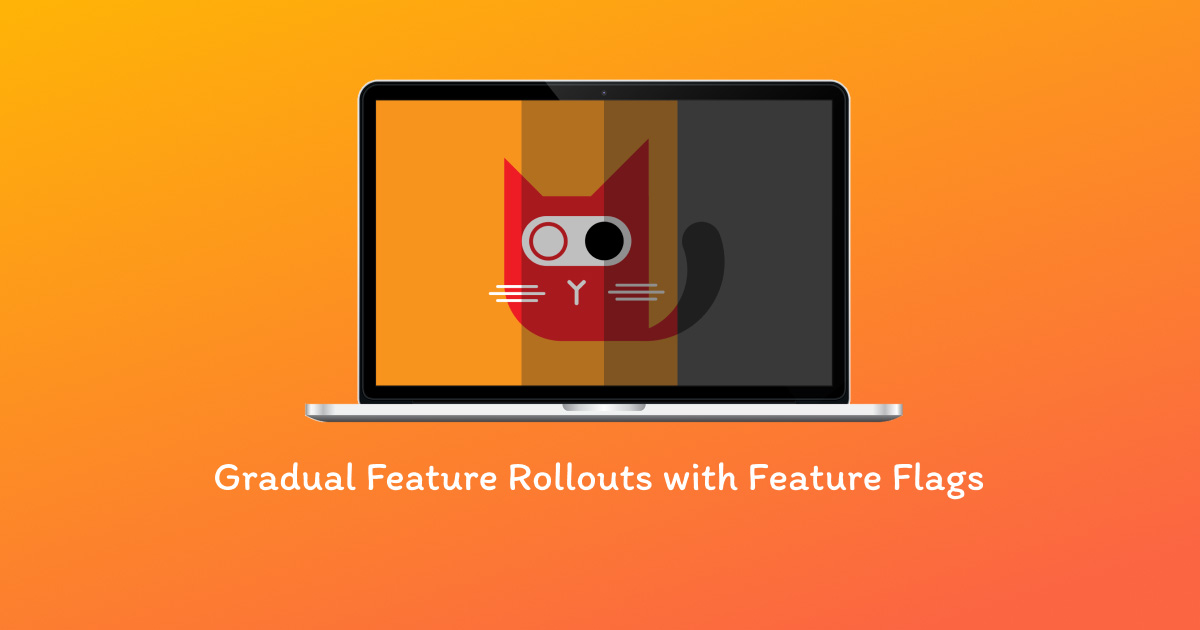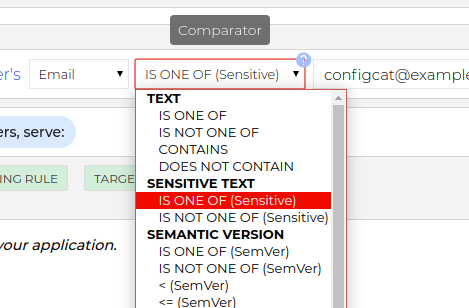Using ConfigCat Feature Flags in ASP.NET Core Web API
Many people think of the Internet as a place where they can find information or communicate with others. However, the Internet is far more than that, it is also growing with its capabilities. Holding data resources that support the lives of billions of people around the world.
One way to transfer data on this great thing we call the Internet, while having a good development pipeline and maintaining security, is to construct a Web API.















